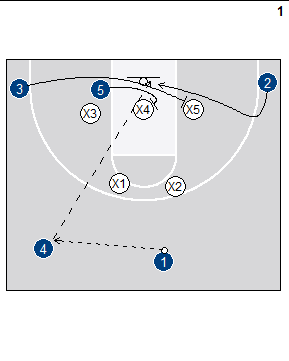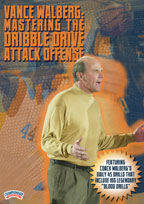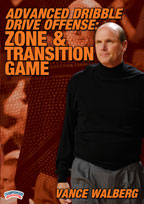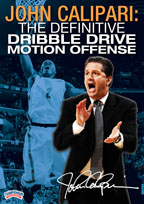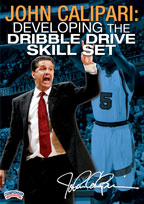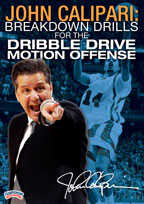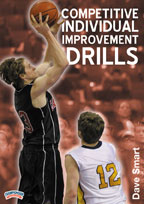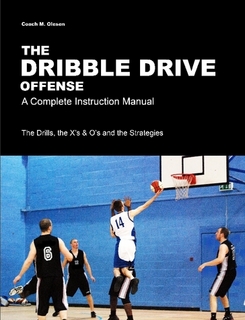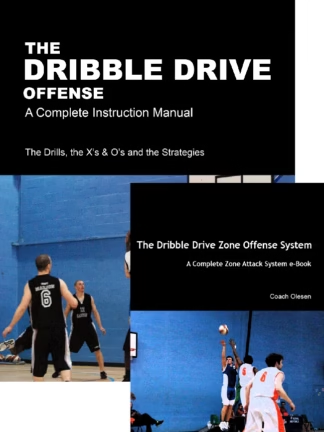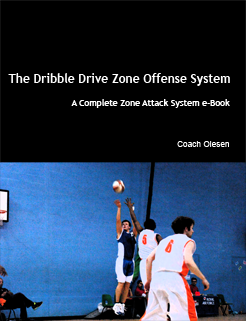I read an interesting blog post today (via TrueHoop). It’s interesting because to me it reads like an article about how to run the dribble drive fast break, and especially how hard it is to stop a player who attacks the basket at speed. And this is at the highest level, with the San Antonio Spurs.
Here’s the interesting quote:
In watching San Antonio, it doesn’t even feel like they’re looking to run fast breaks as a team, it really just feels like Parker increasingly looks to take off on one-man forays. Usually, TP breaks one of the cardinal rules of transition basketball: he never has the numbers. Really, almost never. He converts at an amazing rate, considering that he always seems to be going 1-on-3 or 2-on-3.
This phenomenon really stood out to me in San Antonio’s 103-94 win over Chicago on Nov. 17. I went back at looked at Parker’s clips on Synergy Sports for that game. For the season, Parker has been producing about 1.3 points per possessions (PPP) on transition plays, a strong rate. In the game vs. the Bulls, he was credited with 11 points on 5 transition plays (2.2 PPP). I mean, the Bulls are a good defensive team that plays hard – this is a crazy number. Indeed, a play-by-play analysis of the video showed that the Bulls were getting back on defense… but they still couldn’t stop Parker. Here’s a play-by-play breakdown:
1) 2-on-3 break: TP Bucket
2) 1-on-3 break (4th defender collapses at end): TP Bucket
3) 3-on-3 break (4th defender chases in at end): TP Bucket And 1
4) 2-on-3 break: TP Bucket
5) 2-on-3 break: TP Bucket
Not once did Parker have the numbers, yet he converted every single time. Another thing I noticed is that, on any break above where it was 2-on-3 or 3-on-3, the non-Parker Spurs always looked to spot up behind the three-point line, rather than run to the basket, and were really trailers more than what we commonly think of as active participants in fast breaks.
It really might be the most bizarre fast-break approach I’ve seen: they have one little guy who gets the ball and dribbles like crazy, as he runs a one-man break which he can finish uncommonly well, even against the numbers, and even though he’s not a physically dominating guy – he essentially can’t even dunk in a game! And his teammates don’t even look to run to the basket, they’re just running to the line.
So Parker can go 1-on-3 and still score. An experienced Dribble Drive coach shouldn’t be too surprised; We know that when a offensive player is at full speed and is driving to the rim at full speed it’s almost impossible to stop him without fouling him.
We know this from running the Blood Drills every day.
Obviously most our players can’t finish like Parker, which is why we have the post to clean up the misses, but the principle is the same.

